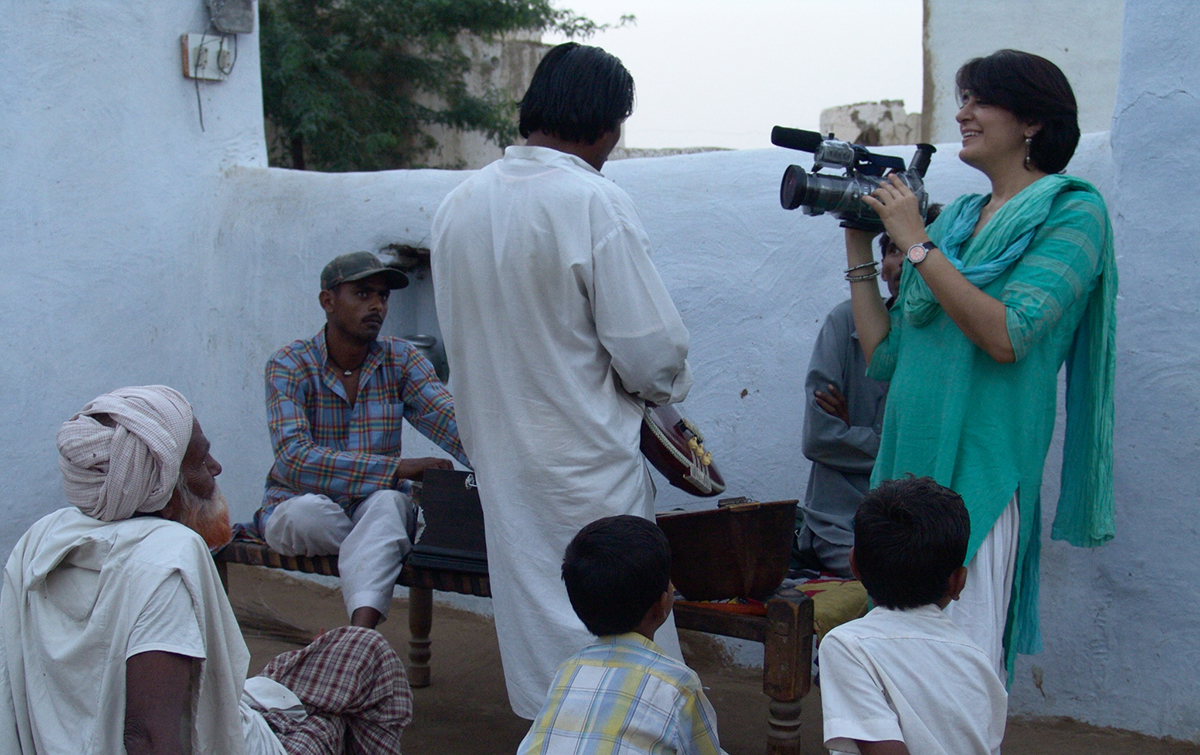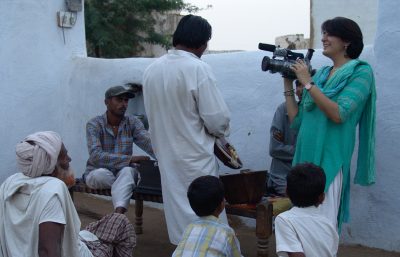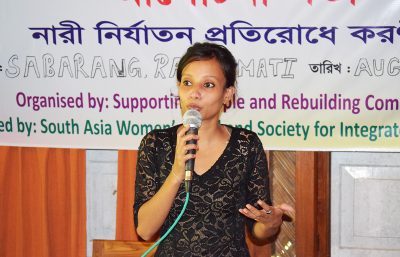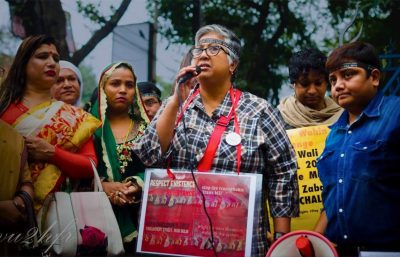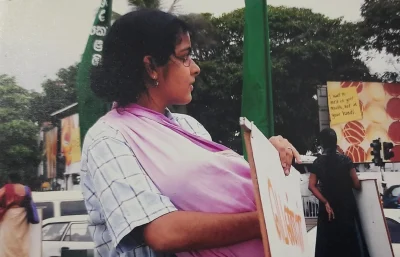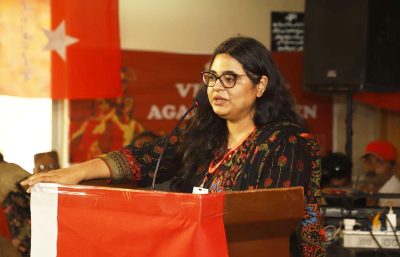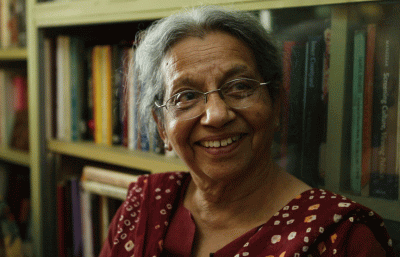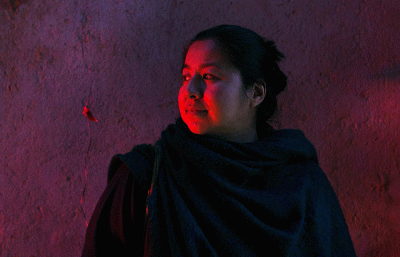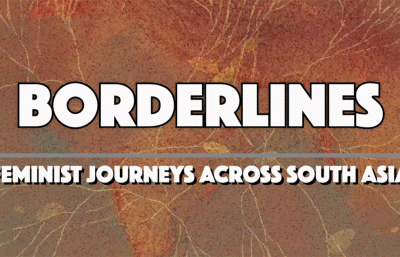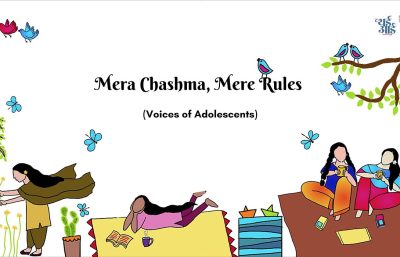Borderlines (co-produced with CREA) is a seven-part video series documenting how feminists work, intervene, and connect the dots across the region to create knowledge in South Asia.
What does it mean to bring a feminist gaze into this world that is dominated by male qawwals and men’s mandali’s singing the poetry of bhakti and sufi poets/saints? Are there connections between those that seek the spiritual and those that struggle on issues of gender and caste? How does one make meaning of tales of love, resoluteness, betrayal, of seeking the beloved while breaking all social boundaries that populate the South Asian landscape and imagination? Shabnam unpacks her own journey from Kabir to the Sindhi poet Shah Abdul Latif Bhitai to explore how the feminine figure in this poetry comes to manifest both political, social and spiritual dimensions of power. Seeking the beloved is in itself a multi-layered reading of what entry into oral traditions that are carriers of myth, poetry and song in South Asia can offer to unpack our present.
In her more recent work of translating both Kabir into English for her new book ‘Burn Down Your House: Provocations from Kabir’ she speaks about how she negotiates Kabir’s description of Maaya (ego-delusion) as a feminine figure, or an enchantress. As a translator, she reinterprets and reimagines, she edits, she chooses and she appropriate. And as she aptly puts it, we do not have to choose between the right and wrong or between truth and fiction. Our world lies between these. Between the political and the spiritual.


